On April 19th and 20th, the city of Hida Furukawa celebrates its annual spring festival. Much like several other festivals in Gifu, the neighborhoods of Furukawa while bring out their festival floats and display them around town for everyone to see.
The Furukawa festival has a yin and yang, a calm and active side. During the day, all the floats and performances are meant to represent the calmness and stillness of the Furukawa festival. It's meant to be relaxing. The festival at night is meant to represent the chaotic active side.
But, during the day, there are 9 floats displayed around the neighborhoods. Unlike the Takayama Festival, the Furukawa Festival is very competitive. The festival at night is very very competitive, but even during the day, neighborhoods try to sway crowds of tourists over to their corners. They put on their marionette shows, and have other performances throughout the day.
Originally, I think it was meant to gain favor from the gods, and that meaning probably still stands. I think building a bigger surrounding crowd is just a means to that end. I think they also do it for bragging rights, though.
These performances happen at irregular times throughout the day, so it's difficult to plan anything, unless you're moving throughout town all day. Most of the performances end around 5pm when they start putting the floats away for the evening.
Many of these floats are nearly identical to the Takayama festival. They have the same look and name. Maybe that's just how all the float parades are in Hida? Each float is maintained by a specific neighborhood group in Furukawa, and they're all within a few blocks of the Furukawa train station.
____
I arrived in Furukawa around 3:00, I think. Even though, it had been warmer in the week, clouds started moving in the day before. The day was a bit gloomy, and a bit cold, too. It was still pretty warm during the day, but as the sun set, it started to get a little bit more cold.
When I arrived, I walked through town and observed all the food and game stands lining the streets, until I saw several of the floats lined up down the streets. So, I went that way and took a bunch of pictures.
Proving my point about identical floats is the first float on the list: the Kagura-tai. Which is also the first float in the Takayama Festival, with the same name and look. It is maintained by the Mukaimachi group (向町組).
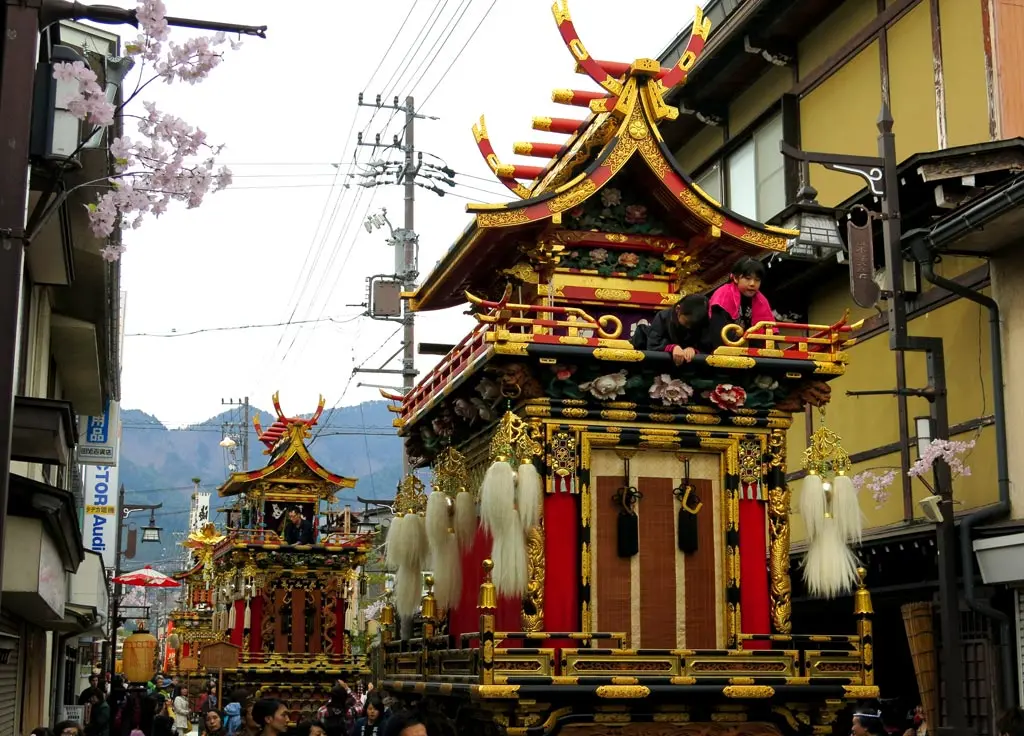
Float #2 is the Seiyou-tai, which is maintained by the upper Sannomachi group (三之町上組).
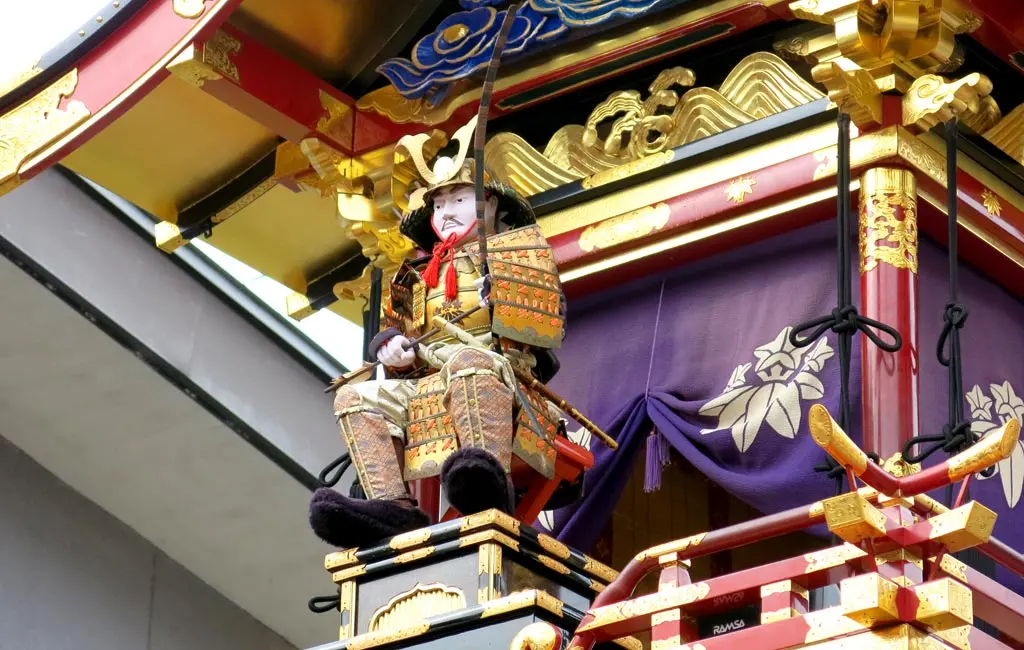
The third float is Byakkou-tai maintained by the lower Sannomachi group (三之町下組).
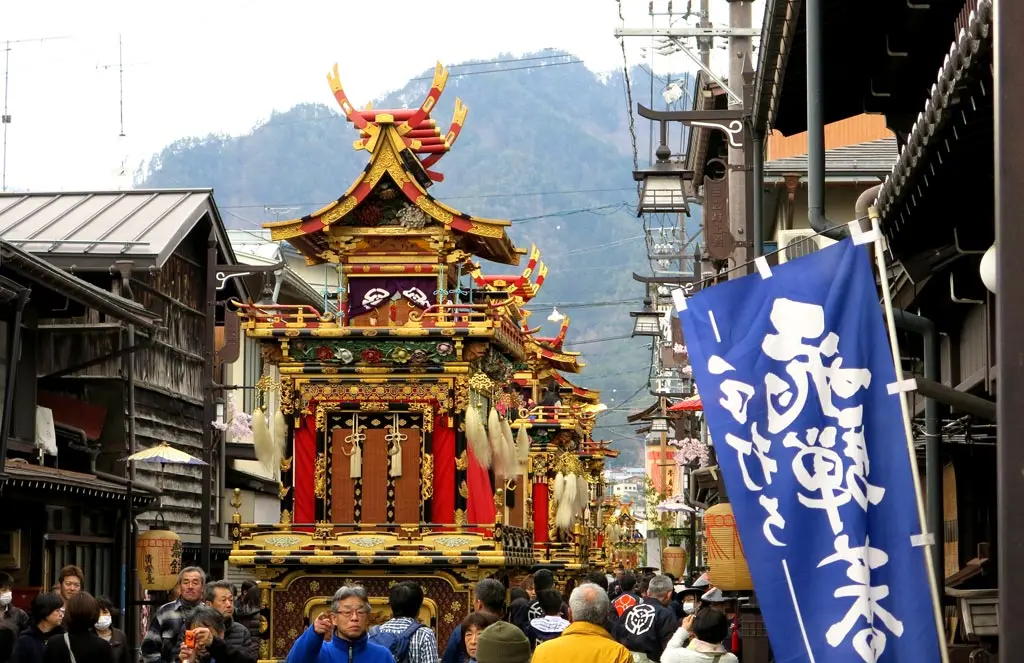
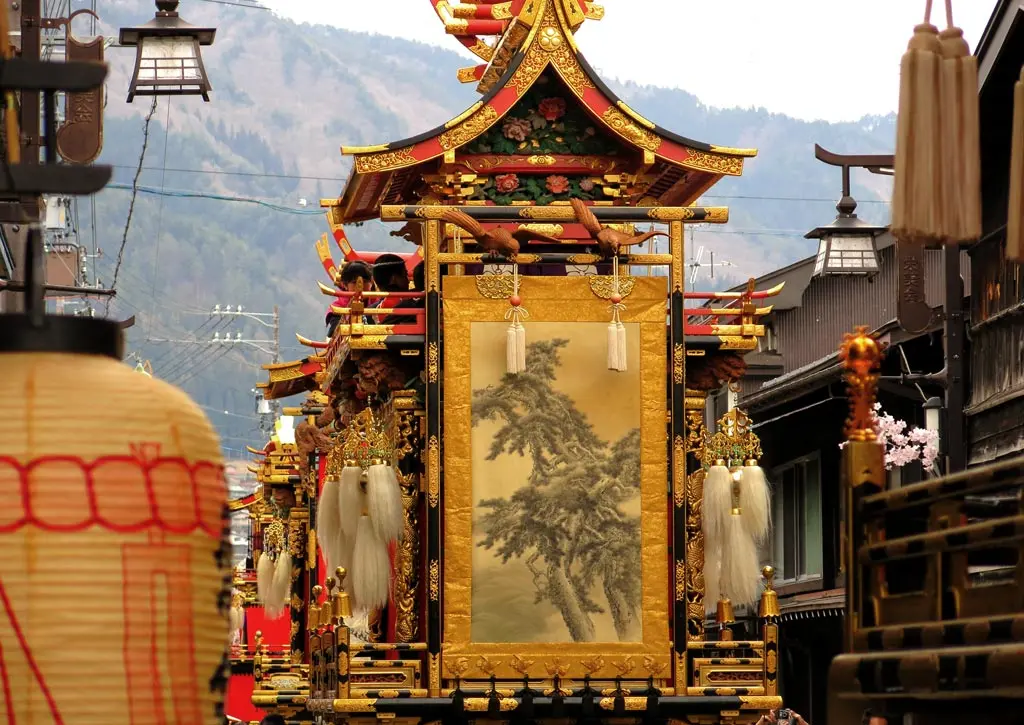
Sankou-tai is the fourth float, and it's maintained by the upper Ninomachi group (二之町上組).
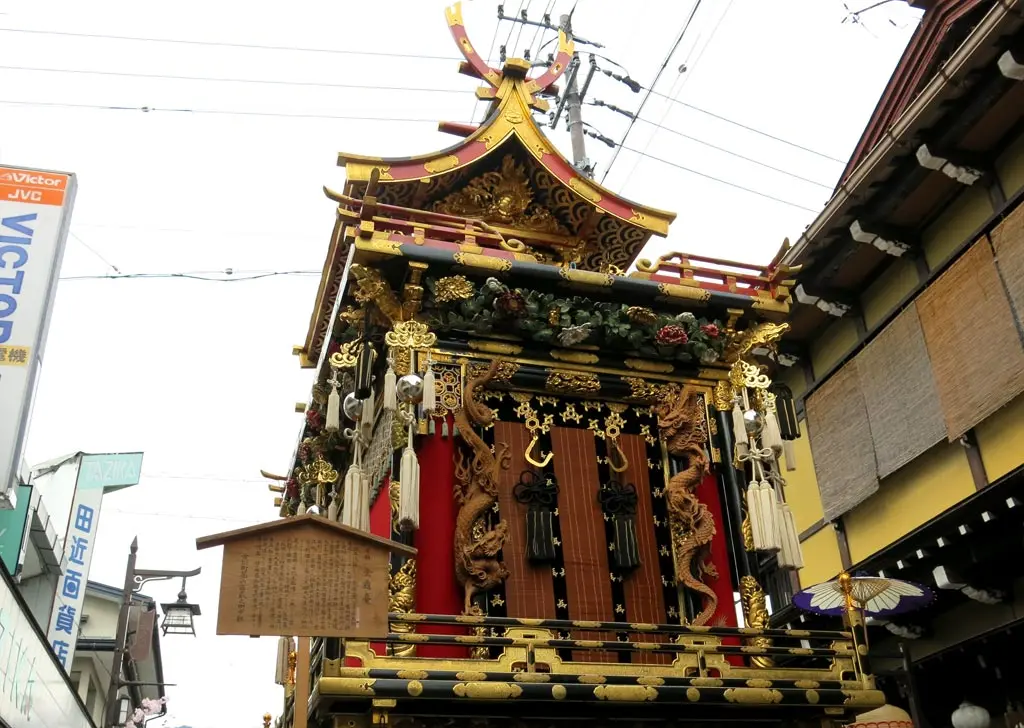
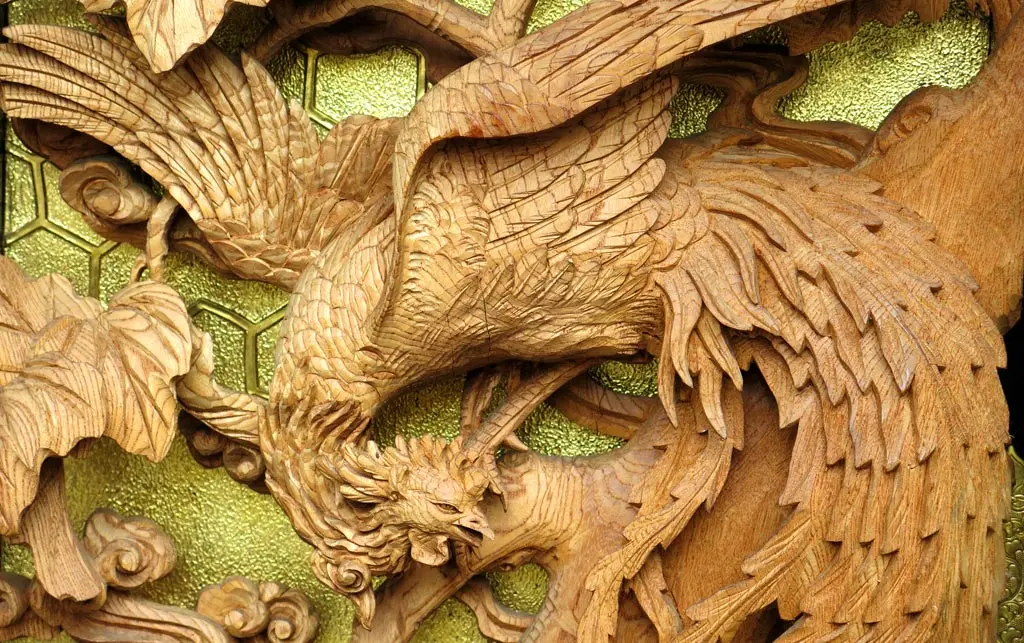
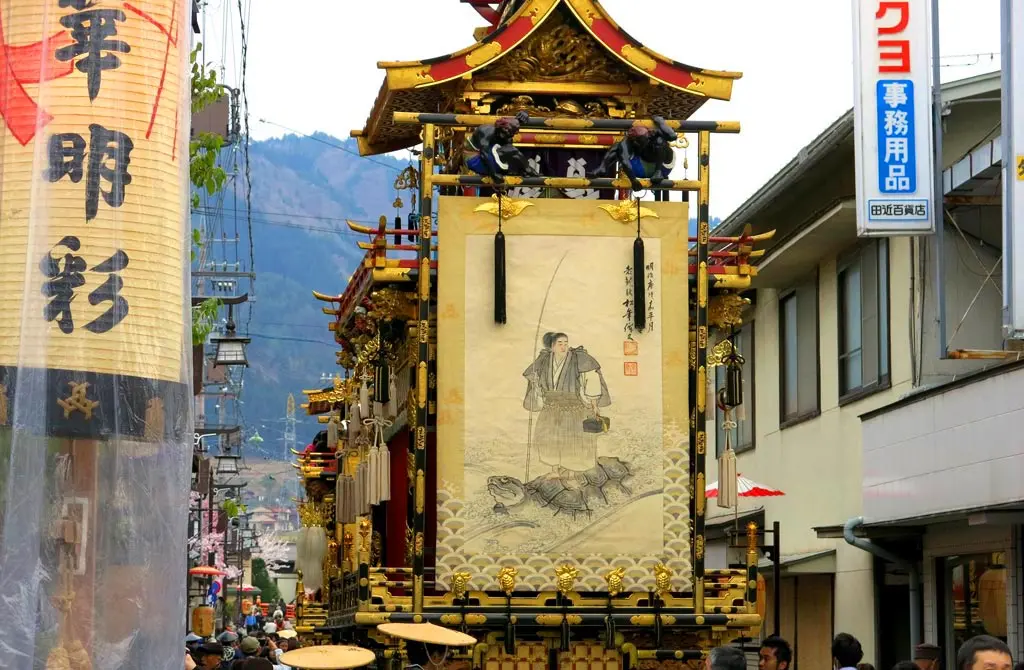
The fifth float in the Furukawa Festival is the Kinki-tai, maintained by the middle Ninomachi group (二之町中組).
Maintained by the lower Ninomachi group (二之町下組 ) is the sixth float, Ryuuteki-tai.
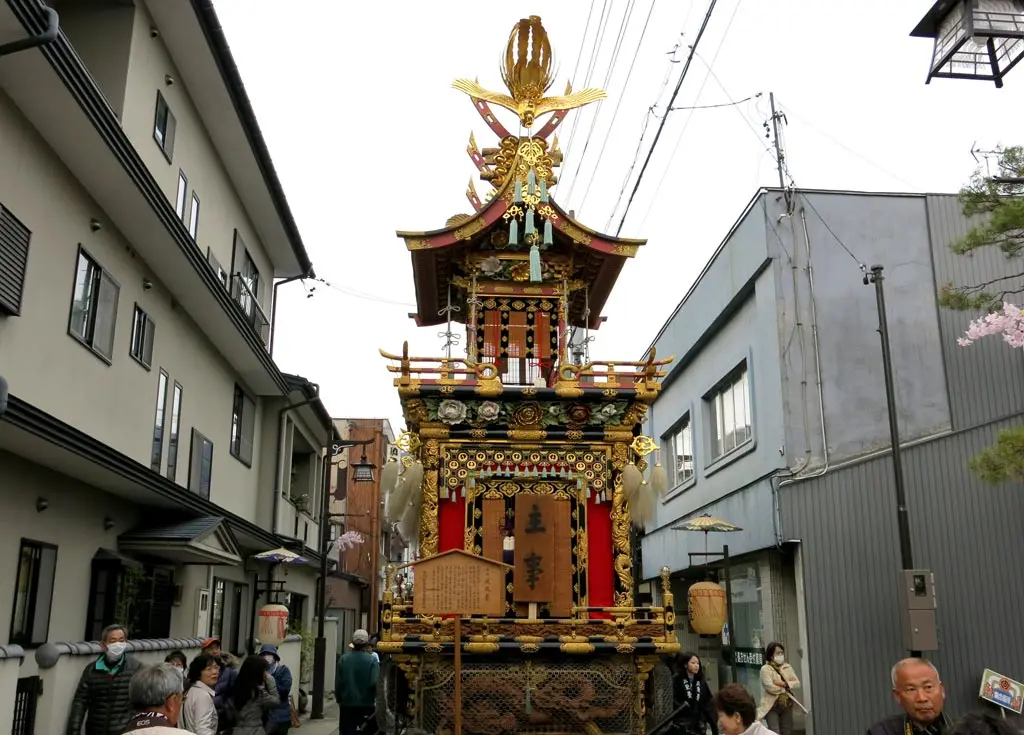
Float number seven is the Houou-tai, maintained by the middle Ichinomachi group (一之町中組).
The second to last float in the festival is the Kirin-tai, maintained by the lower Ichinomachi group (一之町下組).
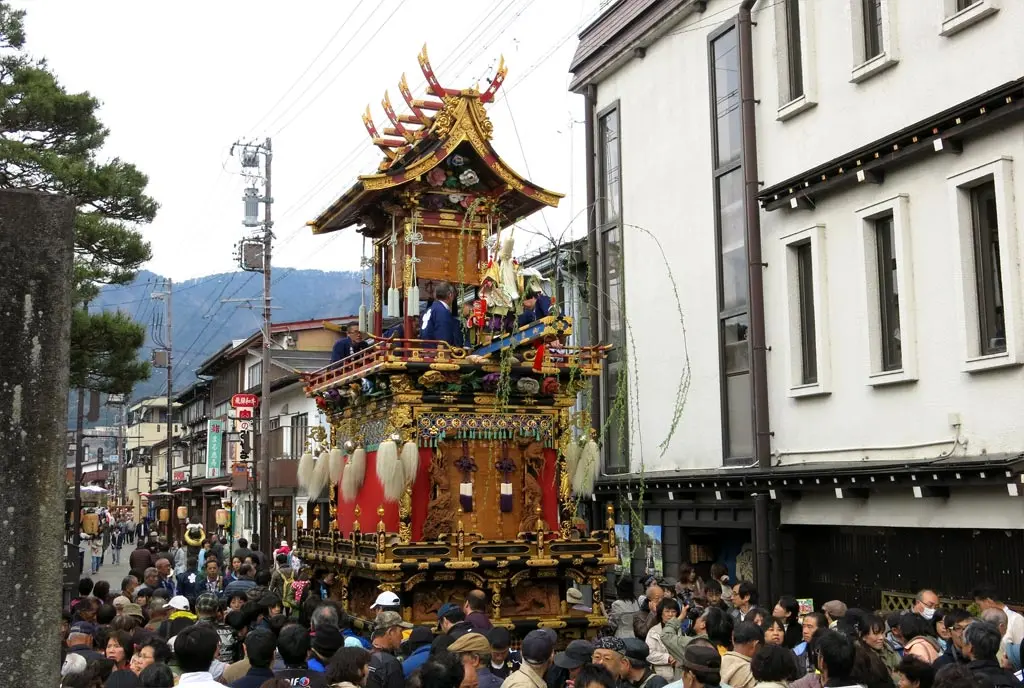
Last is the Seiryuu-tai, which is maintained by the Tonomachi group (殿町組).
____
Almost all of the floats were in a row down one of the side roads in Furukawa. There were a few missing from the lineup that other neighborhoods were actively using at the time. Those floats were performing their marionette dances and other performances to get the crowds of tourists to pay attention.
When the afternoon turned to early evening, the neighborhood's men began to move the floats back to their storehouses.
That's when the dragons came out. Starting at one of the shrines in town, the dragon's dance continued through the street and performed their dances in front of businesses on the way to the center of town.
One of the dragons bit this little kid, too, which was hilarious.
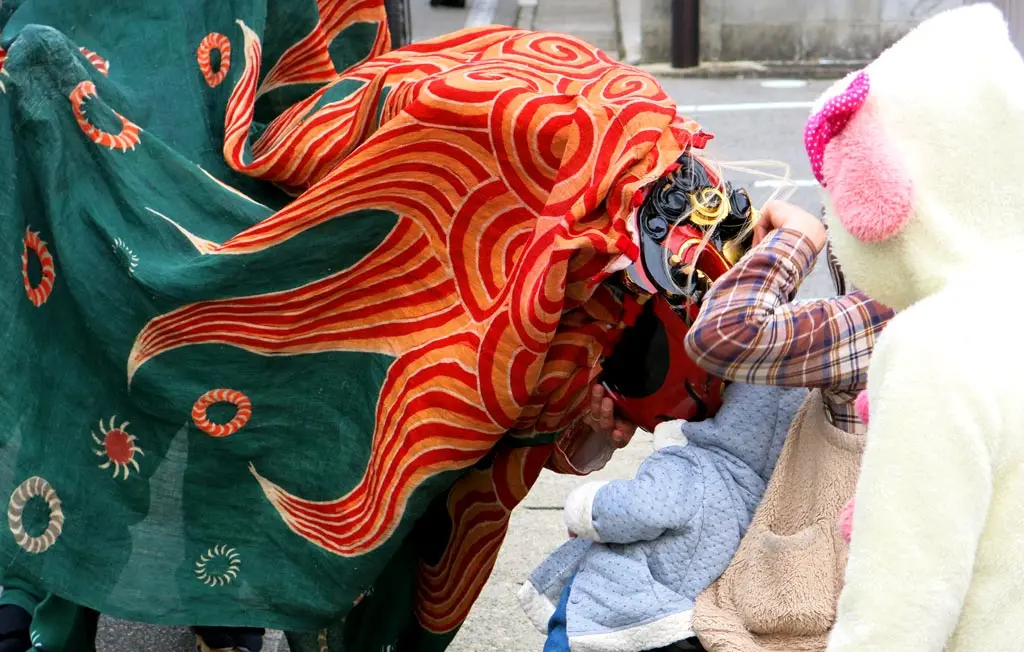
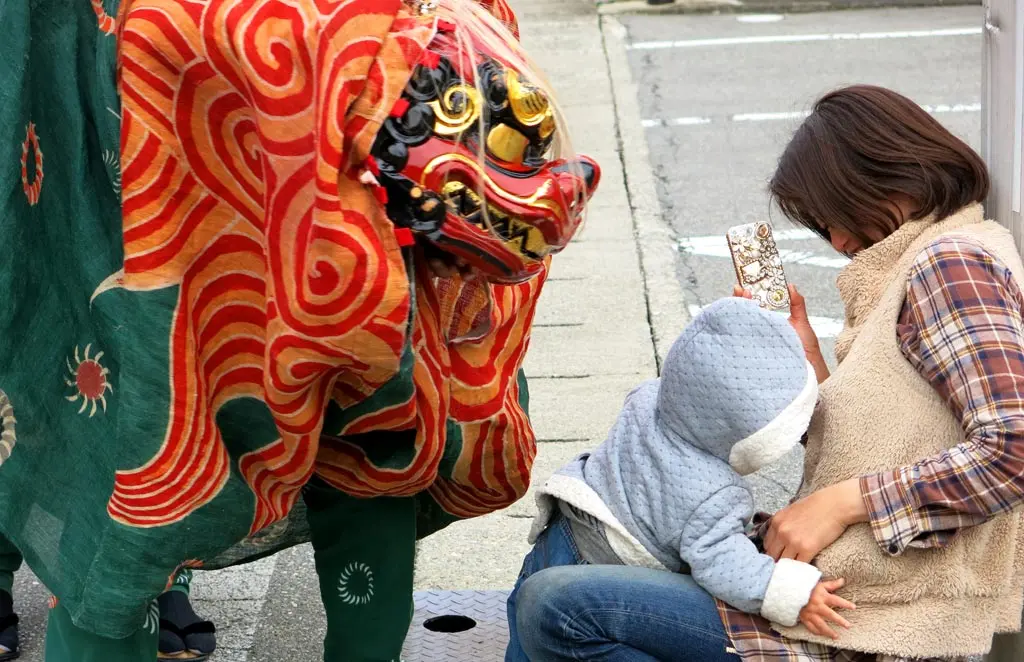
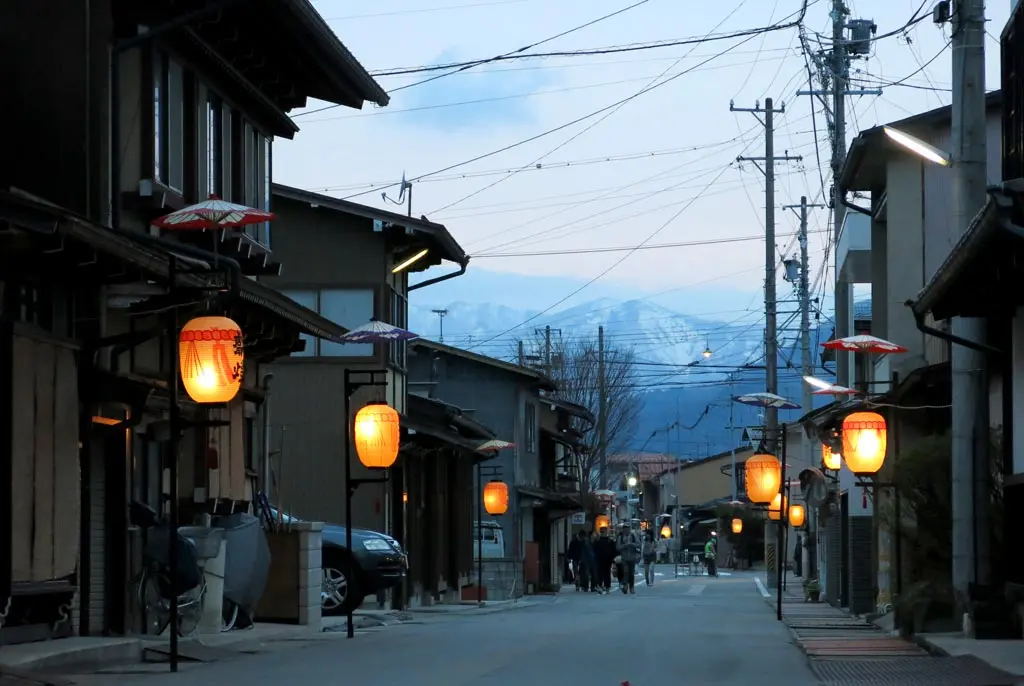
The dragons continue to dance, and moved to the festival square. Many of the neighborhood's resident began to do the same.
Evening turned to dust, and as night approached, the men of the neighborhood blocks finished their meals, wrapped themselves in their white clothes, began pounding their drum, and started yelling and screaming as their toured throughout the downtown area.
And the chaotic active night festival began to form.